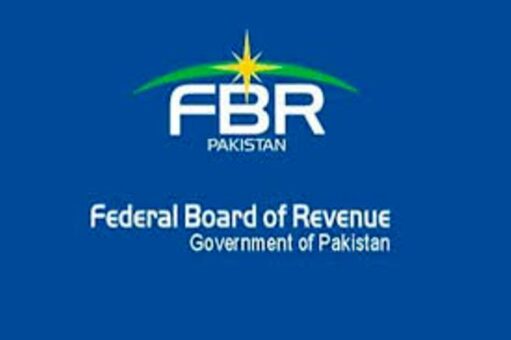Withholding tax rates on profit on banking deposits have been updated for tax year 2019. In a significant development for the financial sector, the Federal Board of Revenue (FBR) has announced updated withholding tax rates on profit earned from banking deposits for the tax year 2019.
These changes will have implications for both individuals and banking companies as they aim to streamline the tax collection process and ensure a fair distribution of tax liabilities.
Under Section 151(1)(b) of the Income Tax Ordinance, 2001, every banking company is mandated to collect withholding tax from individuals who receive profits on their deposits held with the respective banks. The new tax rates, detailed in the withholding tax card for the year 2019, aim to ensure compliance with tax regulations and establish a transparent framework for tax collection.
For individuals classified as “Filers,” who are taxpayers registered with the tax authorities, the withholding tax rate on the gross yield paid on their deposits will be 10 percent. This rate applies uniformly, whether the deposit is maintained with a banking company or a financial institution.
Non-filers, individuals who have not registered with the tax authorities, will also face withholding tax rates. For non-filers with an annual profit of up to Rs500,000, the rate of withholding tax will be set at 10 percent of the gross yield paid on their deposits. This provision aims to encourage individuals with relatively smaller incomes to comply with tax regulations.
For non-filers who earn profits exceeding Rs500,000, the withholding tax rate is slightly higher, set at 17.5 percent of the gross yield paid. This higher rate is intended to address individuals with larger incomes who have not registered with the tax authorities.
However, it is essential to note that the FBR has indicated that these withholding taxes will be considered as final tax payments for most individuals, with exceptions being made in the following cases:
(i) When the taxpayer is a company: In this case, different tax regulations apply, and the withholding tax is not considered as a final tax.
(ii) When profit on debt is taxable under section 7B of the ordinance: Special provisions in the Income Tax Ordinance may lead to different tax treatment in these situations.
These updated withholding tax rates are designed to enhance transparency and efficiency in tax collection, ensuring that individuals and businesses fulfill their tax obligations. The FBR’s decision to classify withholding tax as a final tax for most individuals simplifies the tax process and reduces the burden on taxpayers to file additional tax returns related to their deposit income.
The introduction of tiered tax rates for non-filers, based on their income levels, is a measure aimed at promoting tax compliance and encouraging individuals to register with the tax authorities. This approach seeks to bridge the gap between registered taxpayers and those who have been operating outside the tax net.
The FBR’s efforts in updating withholding tax rates are part of a broader strategy to reform and modernize the tax system in Pakistan, with the ultimate goal of increasing revenue collection, reducing tax evasion, and ensuring a fair distribution of tax burdens. These measures not only promote tax compliance but also contribute to the country’s economic stability and growth by bolstering government revenue.
